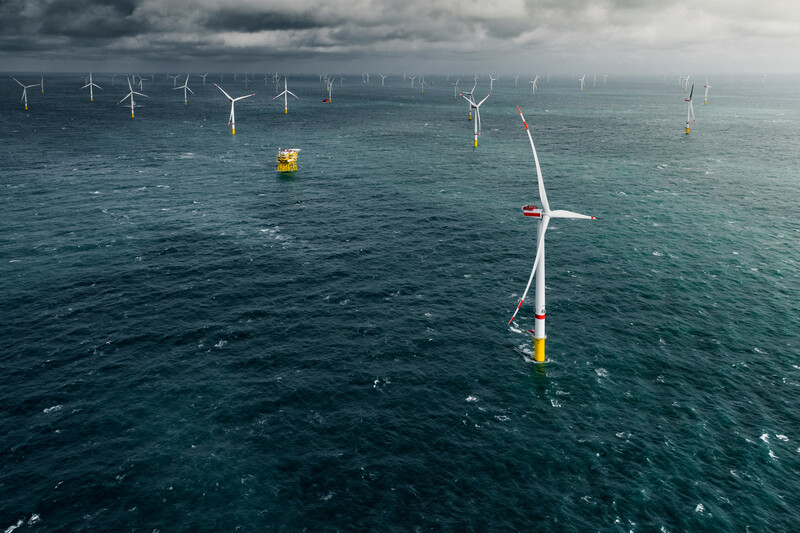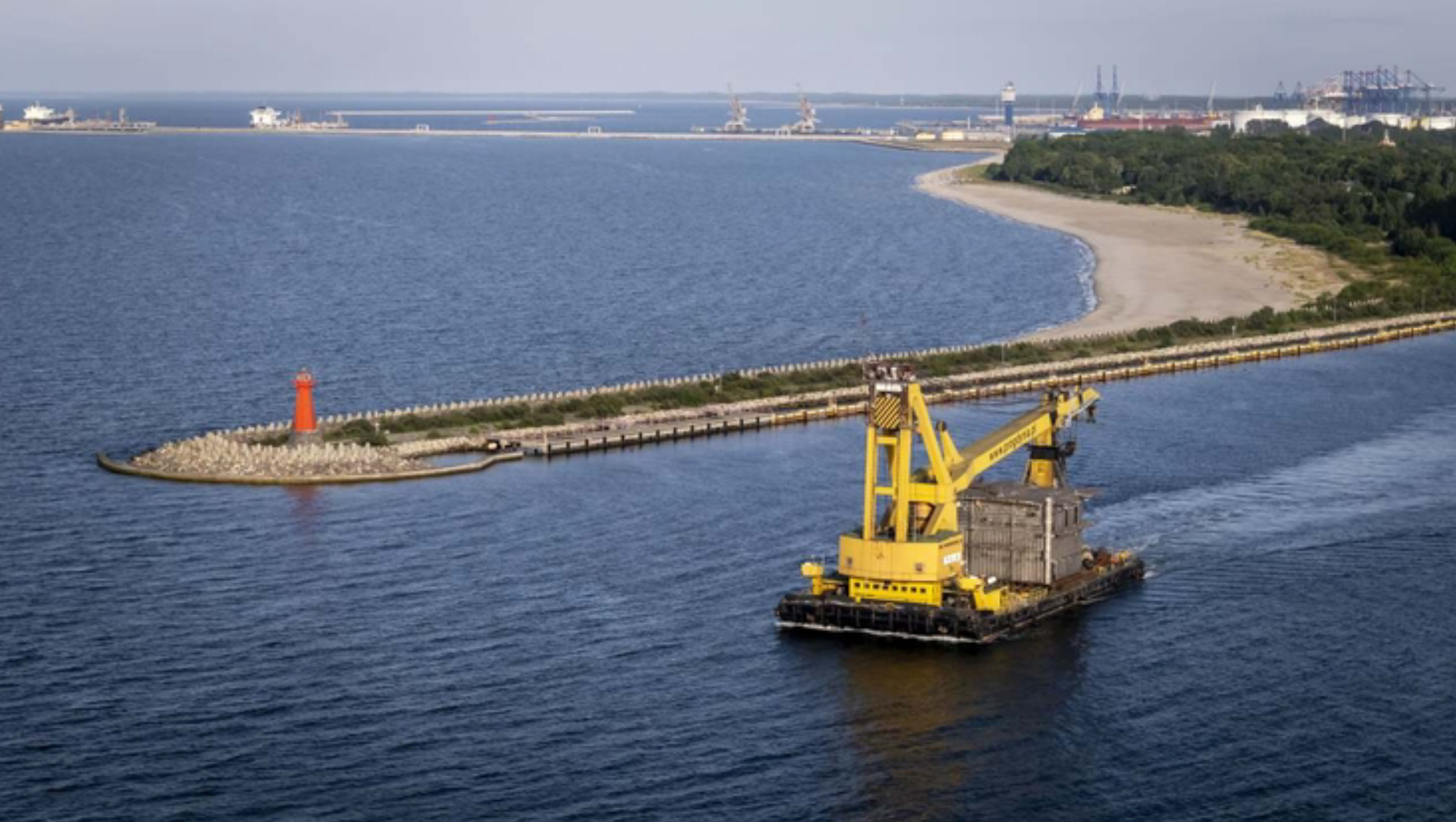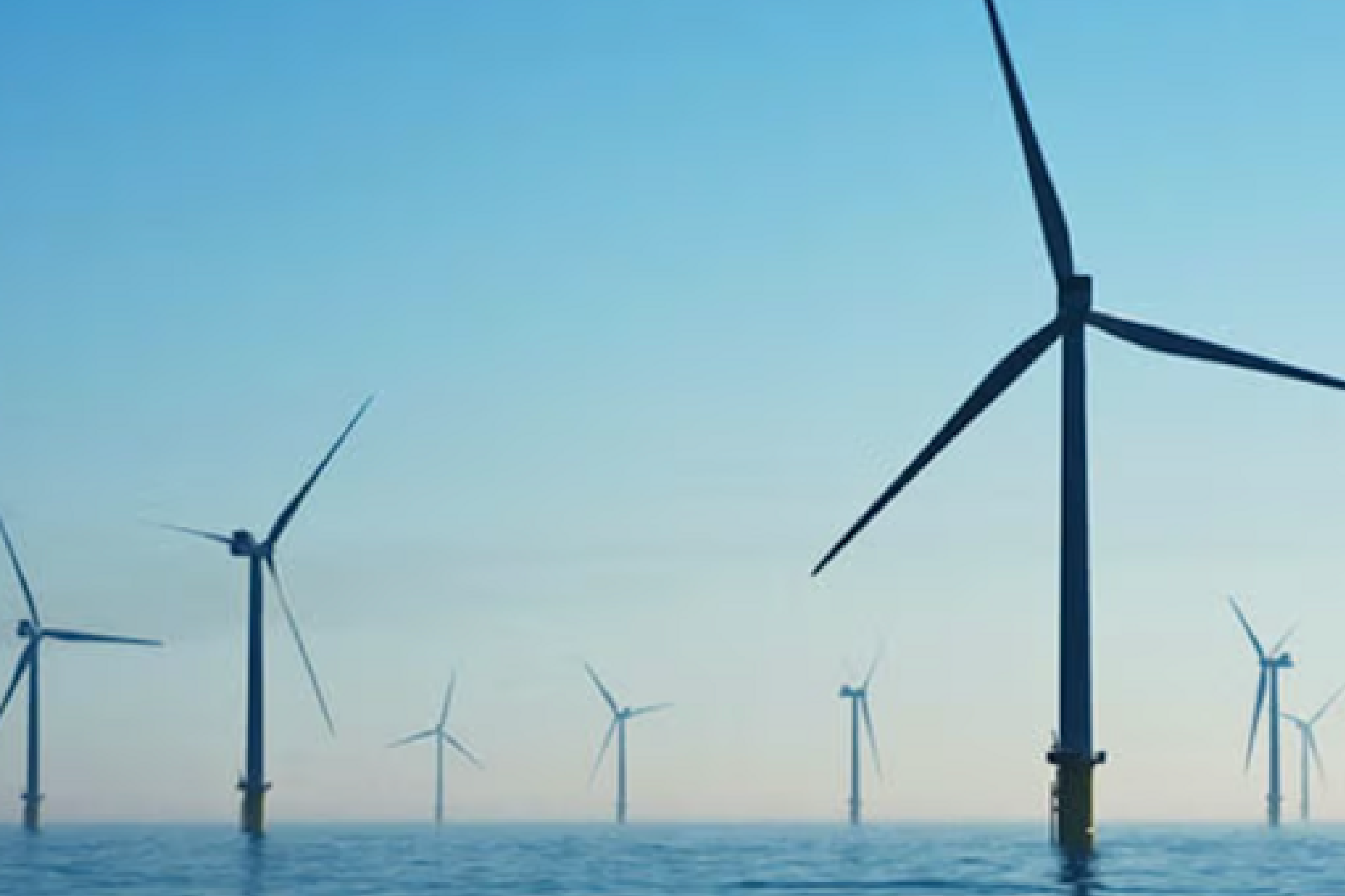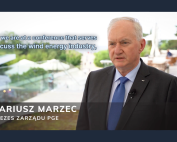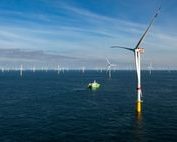The German Federal Maritime and Hydrographic Agency (BSH) started the procedure for updating the marine spatial plan for offshore wind energy development (FEP) in December 2021. Comments can be submitted until January 18, 2022. The German government’s goal of expanding 70 GW by 2045 requires the development of additional areas in the Baltic and North Seas.
Among other things, the FEP identifies areas and grid connections for offshore wind energy. The basis for this update is the 2021 Spatial Plan for the German Exclusive Economic Zone (EEZ) of the North Sea and Baltic Sea, which entered into force on 1 September 2021. Federal Minister for Economic Affairs and Climate Protection, Robert Habeck, is satisfied with the preliminary draft of the FEP. The project incorporates the expansion goals set out in the new German government’s coalition agreement.
Public hearing in January 2022
A strategic environmental assessment will also be conducted as part of the land use plan update. A draft evaluation framework will be published as a basis. Authorities and the public can submit comments on the draft FEP and Strategic Environmental Assessment documents until 18 January 2022, and discuss them at a hearing (online conference) to be held on 26 January 2022.
The draft FEP is expected to be published in mid-2022 and the final version presented in late 2022 or early 2023.
BSH is Germany’s central maritime authority. Their tasks focus on, among other things, on the promotion, safety, and monitoring of marine navigation, the study and collection of data series in oceanography and marine chemistry, the water-level forecasting service, and marine hydrography, which produces official nautical charts. One area that has been growing steadily recently is responsibility as a permitting and monitoring authority for offshore wind.
In order to continuously improve the compliance of the protection and use of the seas and to continuously expand the knowledge of the seas, BSH is working in marine application-oriented research and product and service development. Examples of this include researching and providing data on sea state measurements at offshore wind farms, as well as establishing noise measurement networks in the North Sea and Baltic Sea and providing data and technical information on impulsive sound at sea.
Source: BSH
